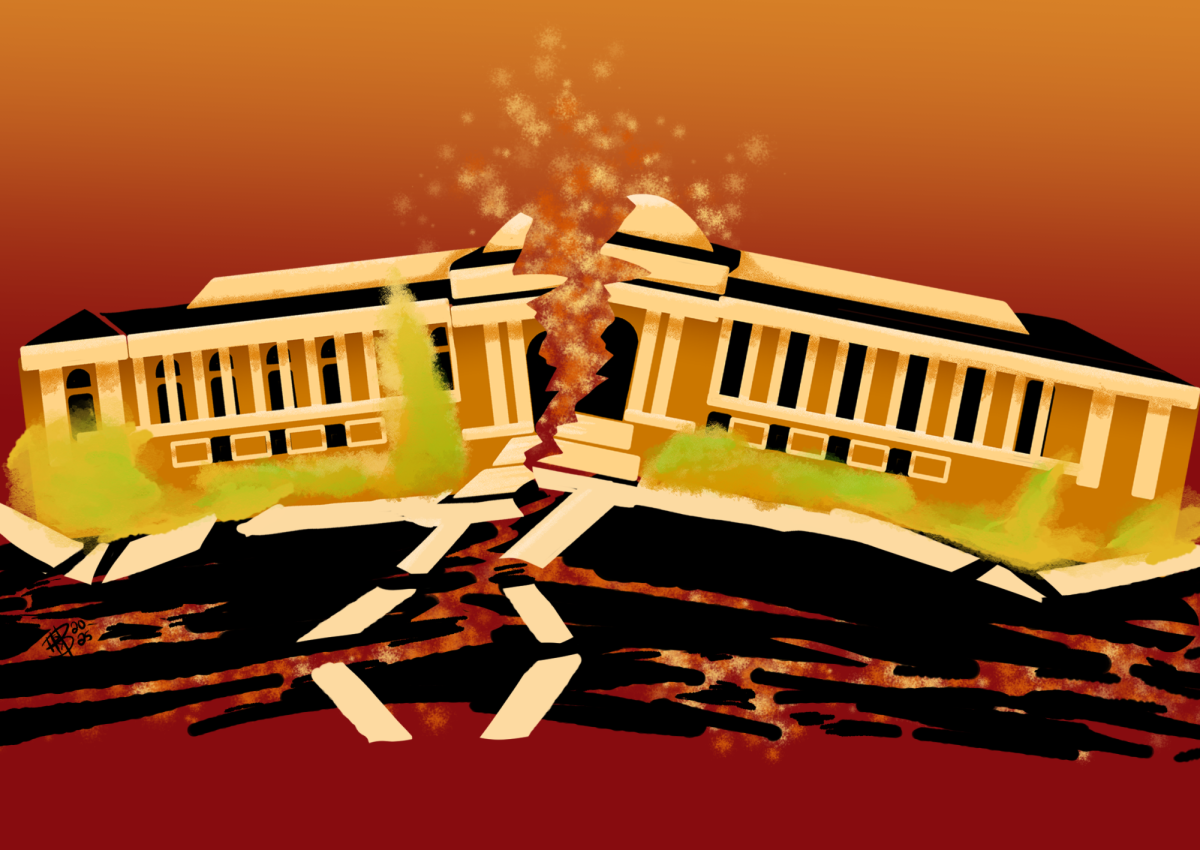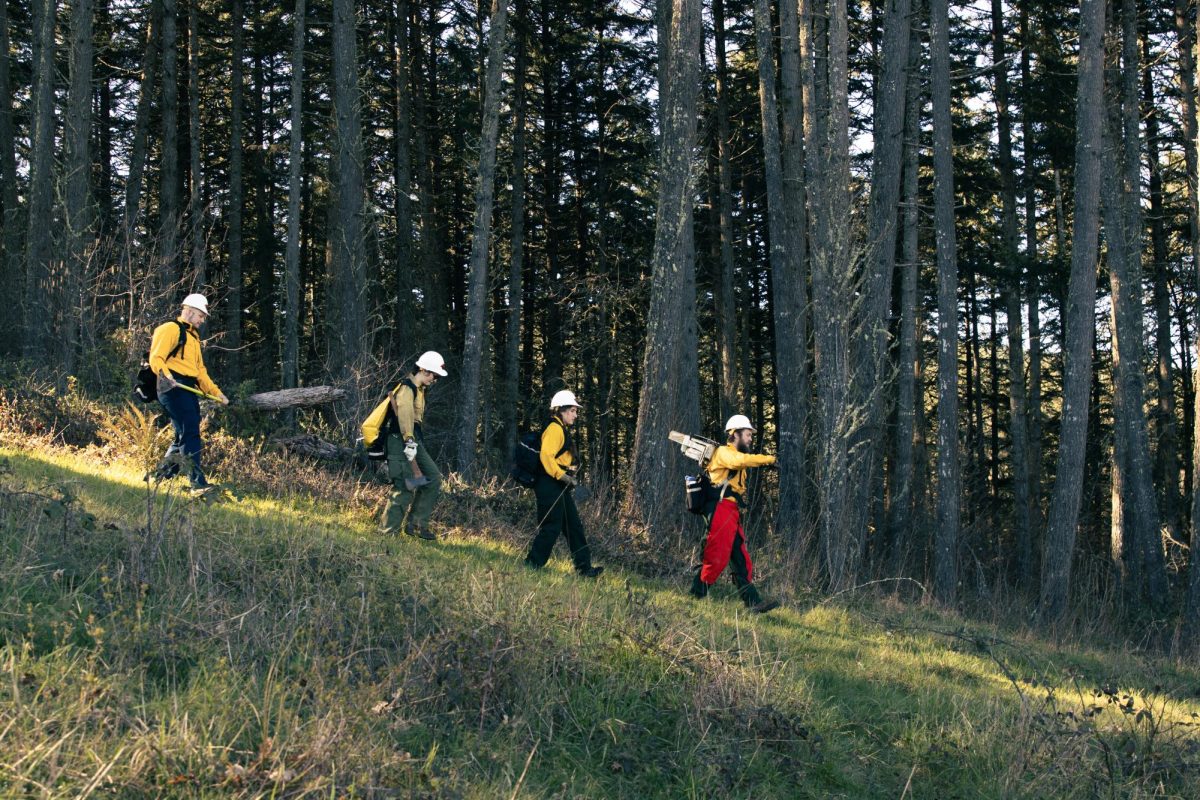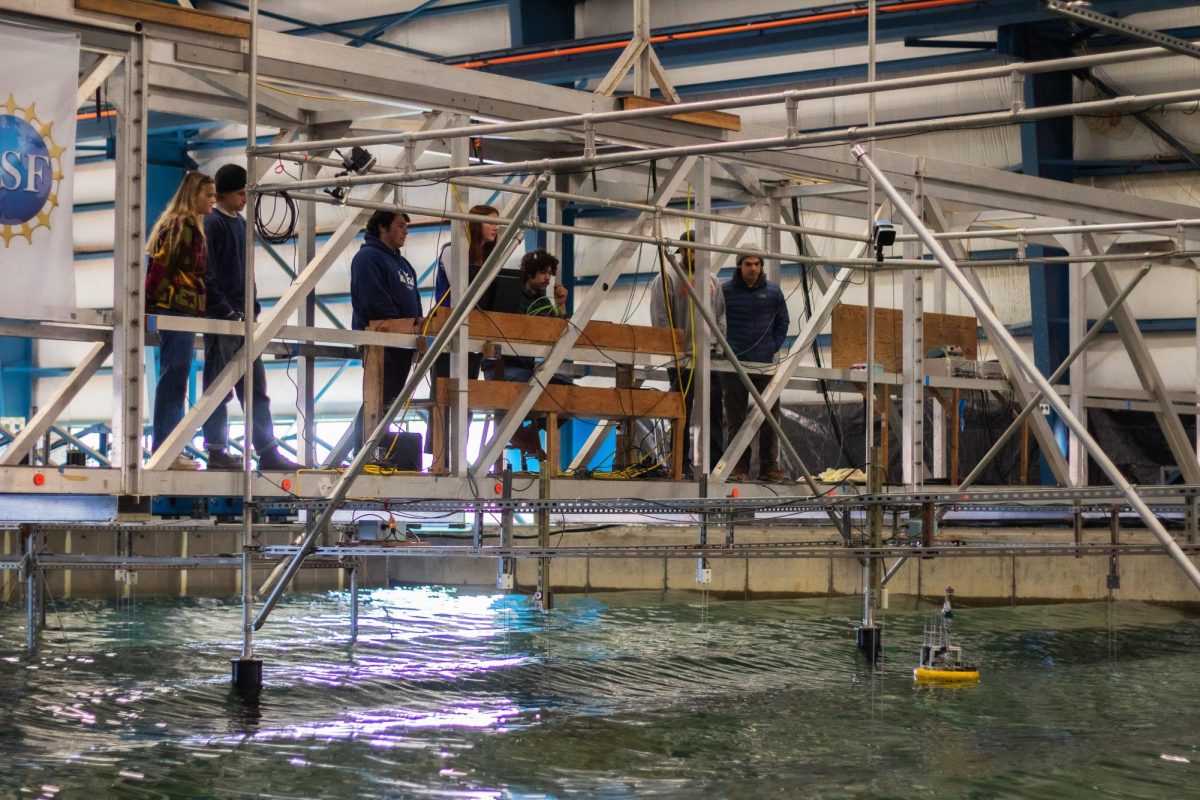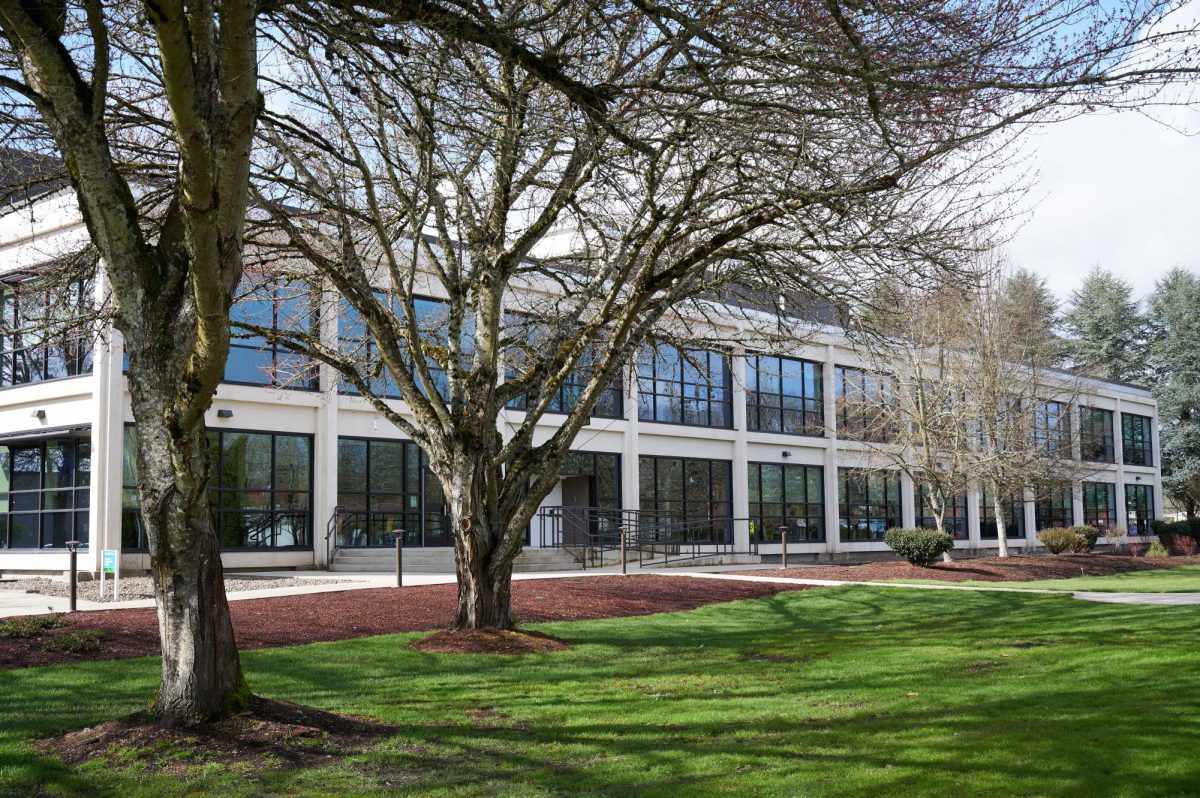Editor’s note: The following article was written for AJ311 Media Storytelling.
When people think of Oregon State University, they think of engineering or oceanography, yet on the far western end of campus in a squat and unassuming building is another scientific wonder.
At first glance, one wouldn’t expect anything of interest to be going on inside. Architecturally, the building is just about as uninteresting as they come. It could be a boring and bland office building for all anyone could guess.
However, this building is the OSU Radiation Center and home to a nuclear reactor.
In fact, it’s the Oregon State Mark II TRIGA Reactor (OSTR), and it’s a one-megawatt, water-cooled, pool-type research reactor, according to the Radiation Center.
It was in 1964 that OSU received funding from the Oregon legislature as “a special appropriation matching a $300,000 grant from the National Science Foundation to build a TRIGA Mark II test reactor at the Radiation Center,” according to the school of Nuclear Science and Engineering.
In 1967, the reactor was completed. To this day, OSTR is one of only two nuclear reactors within Oregon (the other is at Reed College in Portland, Ore.) and OSU is only one of only a few universities to own a TRIGA reactor.
When a lot of people think of nuclear reactors, they think of electricity generation. However, this reactor doesn’t generate any electricity, which is a common misconception according to Celia Oney, reactor supervisor.
What does a university have anything to do with having a nuclear reactor if it isn’t using it for power generation? The answer is OSU’s nuclear engineering program.
OSU was one of the first universities in the nation to offer a program for nuclear engineering, according to the School of Nuclear Science and Engineering. The university started with a graduate program in 1959 and the undergraduate program commenced with the opening of OSTR in 1967. The first student to graduate with a Bachelor of Science in nuclear engineering did so in 1968.
Just like when it first opened, OSTR is utilized to train students in the nuclear engineering programs.
“We’ve trained a few students every year how to operate it and they get licensed,” Oney said. “A big part of my job is running the training program for licensing student operators. So that takes a lot of my time for most of the year. And it’s just really fun to get to show people how it works and train them up to the point where they can operate independently.”
Maren Arneson was one of those students. Now, Arneson works as a student reactor operator at the Radiation Center.
“It’s six months’ worth of training,” Arneson said. “At the very end of the year you take the licensing exam, which the Nuclear Regulatory Commission comes to administer. It lasts four days. It’s a lot but it’s worth it.”
Besides being used for training purposes, the OSTR serves as an extension of the classroom in various courses ranging from nuclear engineering, radiation health physics to chemistry. According to the Radiation Center, this is its most important usage.
However, its uses don’t just stop with training and the classroom.
“People will send us rock samples from literally everywhere,” Arneson said. “We put them into our reactor and irradiate them so that they can do geochronology to figure out how old these rocks are.”
The reactor can also be used in a similar fashion to an X-ray, except using neutrons. This allows scientists to look through denser material like concrete, something a normal X-ray can’t do, according to Oney.
“We had a dude from wood science that came in and his thesis was plywood,” said Christopher Kulah, senior reactor operator. “You would never ever think plywood and nuclear reactors go together. With the reactor, we were able to look through the wood to see the glue and see how it adhered to the wood. And he did his PhD thesis on plywood based on our reactor.”
Being so far from the main part of OSU’s campus makes it hard for people to hear about the reactor or know what it’s used for, according to Kulah.
Currently, the Radiation Center is working on outreach to get more people interested and involved through running tours during family weekends or by having different classes come in, according to Kulah.
“That’s why we do a lot of tours,” Arneson said. “We’re trying to get people to come in and see it and be like ‘oh, that’s cool’, because either they don’t know, or they think we make power or that we’re gonna blow up the campus.”
Research and education remain at the heart of OSTR.
“It’s about getting people excited and involved in nuclear, getting people to come see the reactor and come take a tour to learn some stuff about nuclear, to realize that it’s not as scary,” Arneson said. “That this is something that’s beneficial, and not just like ‘ah we’re all going to die from radiation.’”











